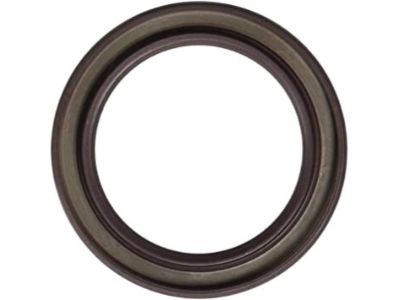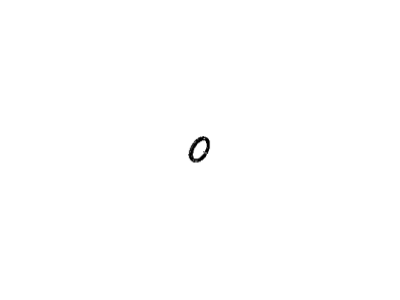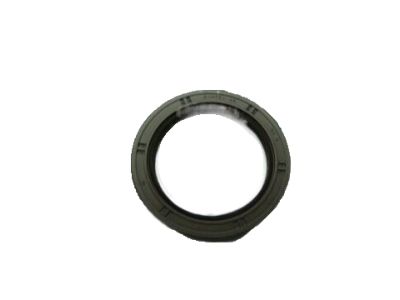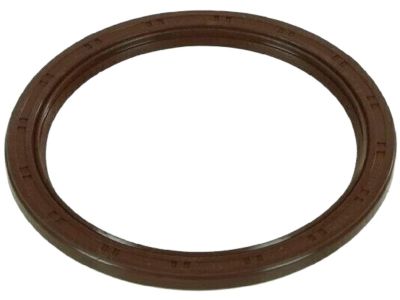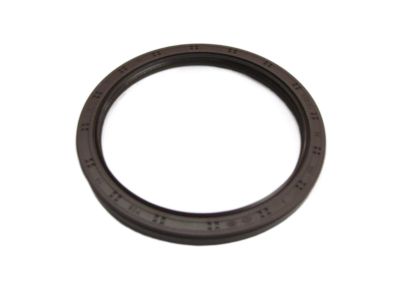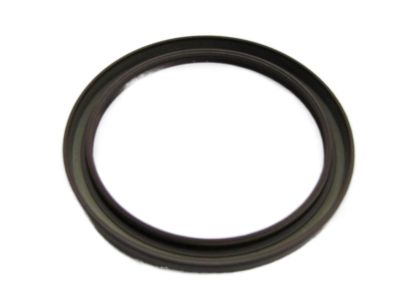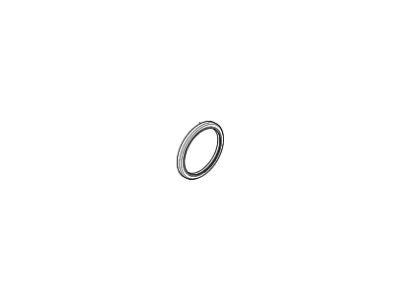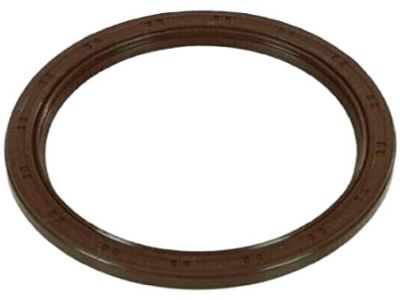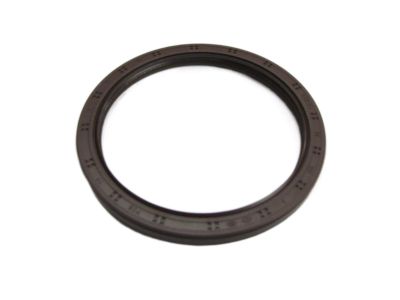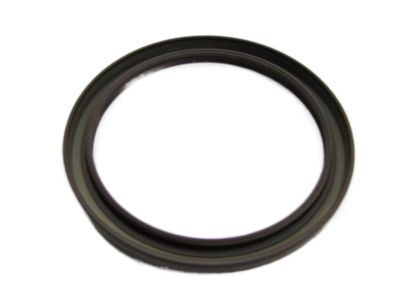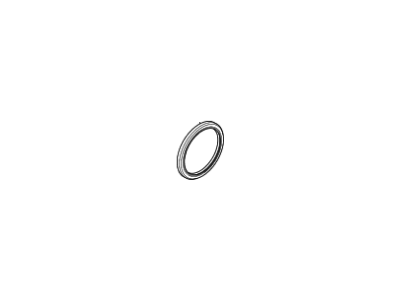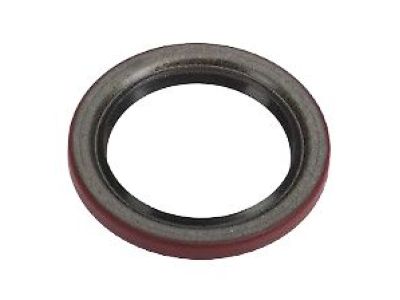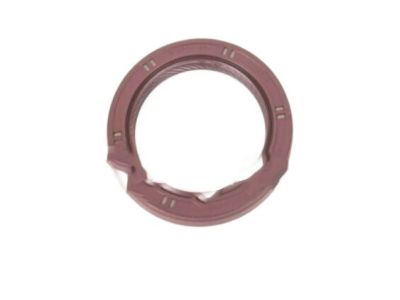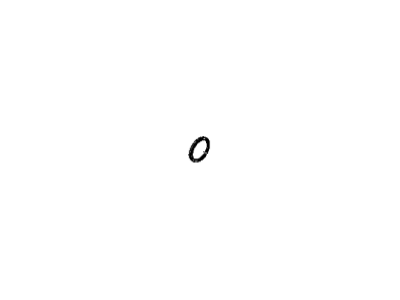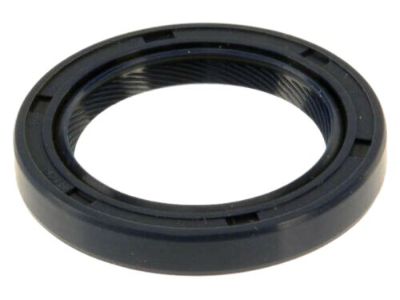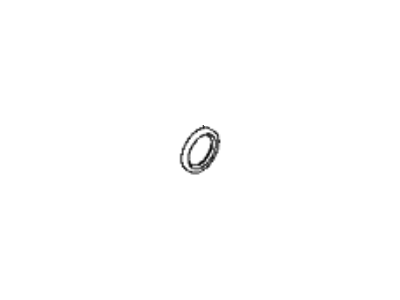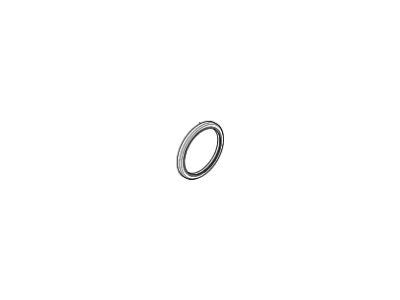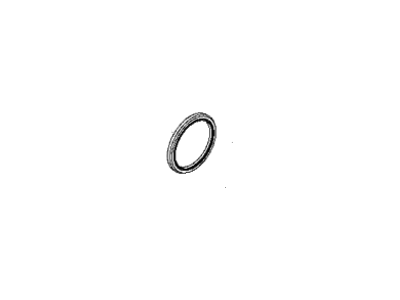×
- Hello
- Login or Register
- Quick Links
- Live Chat
- Track Order
- Parts Availability
- RMA
- Help Center
- Contact Us
- Shop for
- Kia Parts
- Kia Accessories

My Garage
My Account
Cart
Genuine Kia Sedona Crankshaft Seal
- Select Vehicle by Model
- Select Vehicle by VIN
Select Vehicle by Model
orMake
Model
Year
Select Vehicle by VIN
For the most accurate results, select vehicle by your VIN (Vehicle Identification Number).
9 Crankshaft Seals found

Kia Sedona Seal-Oil
Part Number: 213523C700$16.61 MSRP: $23.37You Save: $6.76 (29%)Ships in 1-3 Business Days
Kia Sedona Seal-Oil
Part Number: 213523C600$17.24 MSRP: $23.37You Save: $6.13 (27%)Ships in 1-3 Business Days
Kia Sedona Seal-Oil Rear
Part Number: 214432A100$28.84 MSRP: $39.09You Save: $10.25 (27%)Ships in 1-3 Business Days
Kia Sedona Seal-Oil
Part Number: 2144335510$28.84 MSRP: $39.09You Save: $10.25 (27%)Ships in 1-3 Business Days
Kia Sedona Seal-Oil
Part Number: 213523C500$17.24 MSRP: $23.37You Save: $6.13 (27%)Ships in 1-3 Business Days
Kia Sedona Seal-Oil
Part Number: 2142135500$6.81 MSRP: $9.24You Save: $2.43 (27%)Ships in 1-3 Business DaysKia Sedona Seal-Oil Rear
Part Number: 214433C700$21.76 MSRP: $30.60You Save: $8.84 (29%)Ships in 1-3 Business DaysKia Sedona Seal-Oil Rear
Part Number: 2144335500$28.84 MSRP: $39.09You Save: $10.25 (27%)Ships in 1-3 Business DaysKia Sedona Seal-Oil Rear
Part Number: 214433E000$28.84 MSRP: $39.09You Save: $10.25 (27%)Ships in 1-3 Business Days
Kia Sedona Crankshaft Seal
If you're in search of top-notch, reasonably priced OEM Kia Sedona Crankshaft Seal, then you've found the perfect spot. Our website boasts an extensive inventory of Kia Sedona Crankshaft Seal, all priced at the market's premier price. Rest assured, every genuine part we offer comes with a warranty straight from the manufacturer.
Kia Sedona Crankshaft Seal Parts Questions & Experts Answers
- Q: How do you replace the crankshaft seal and camshaft oil seals on Kia Sedona?A:To replace the crankshaft front oil seal on 2005 and earlier models, first remove the Timing Belt and crankshaft sprocket, then slip off the sensor ring and the spacer behind it. For 3.8L and 2011 and later 3.5L models, remove the Crankshaft Pulley. Carefully pry the seal out using a screwdriver or seal removal tool, ensuring not to scratch the housing bore or damage the crankshaft, as this could lead to leaks with the new seal. Clean the bore in the engine and coat the outer edge of the new seal with engine oil or multi-purpose grease, applying the same lubricant to the seal lip. Use a seal driver or a socket slightly smaller than the seal's outside diameter to drive the new seal into place with a hammer, ensuring it is installed squarely and to the same depth as the original, checking afterward to confirm the spring is in place. The remainder of the installation follows the reverse order of removal, and after running the engine, check for oil leaks at the front seal. For camshaft oil seals on 2005 and earlier models, remove the timing belt and camshaft sprocket(s), detach the rear timing belt cover, and note the seal's seating depth before carefully prying it out with a screwdriver wrapped in tape to avoid damage. Clean the bore and coat the new seal's outer edge with engine oil or multi-purpose grease, applying grease to the seal lip as well. Drive the new seal into place using a seal driver or a socket, ensuring it is squarely installed to the same depth as the original. Reinstall the rear timing belt cover and tighten the bolts, then reinstall the camshaft sprocket(s) and timing belt, verifying that all timing marks are aligned to prevent major engine damage. Finally, run the engine and check for oil leaks at the camshaft seal.
Related Kia Sedona Parts
Browse by Year
2021 Crankshaft Seal 2020 Crankshaft Seal 2019 Crankshaft Seal 2018 Crankshaft Seal 2017 Crankshaft Seal 2016 Crankshaft Seal 2015 Crankshaft Seal 2014 Crankshaft Seal 2013 Crankshaft Seal 2012 Crankshaft Seal 2011 Crankshaft Seal 2010 Crankshaft Seal 2009 Crankshaft Seal 2008 Crankshaft Seal 2007 Crankshaft Seal 2006 Crankshaft Seal 2005 Crankshaft Seal 2004 Crankshaft Seal 2003 Crankshaft Seal 2002 Crankshaft Seal 2001 Crankshaft Seal
